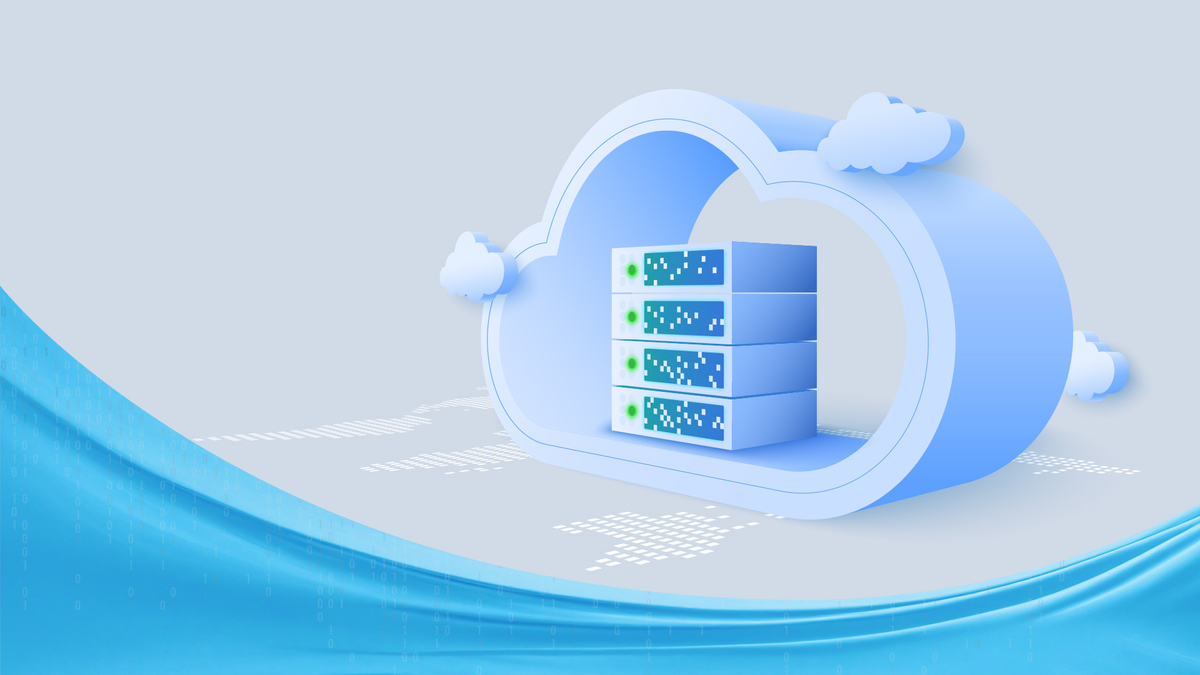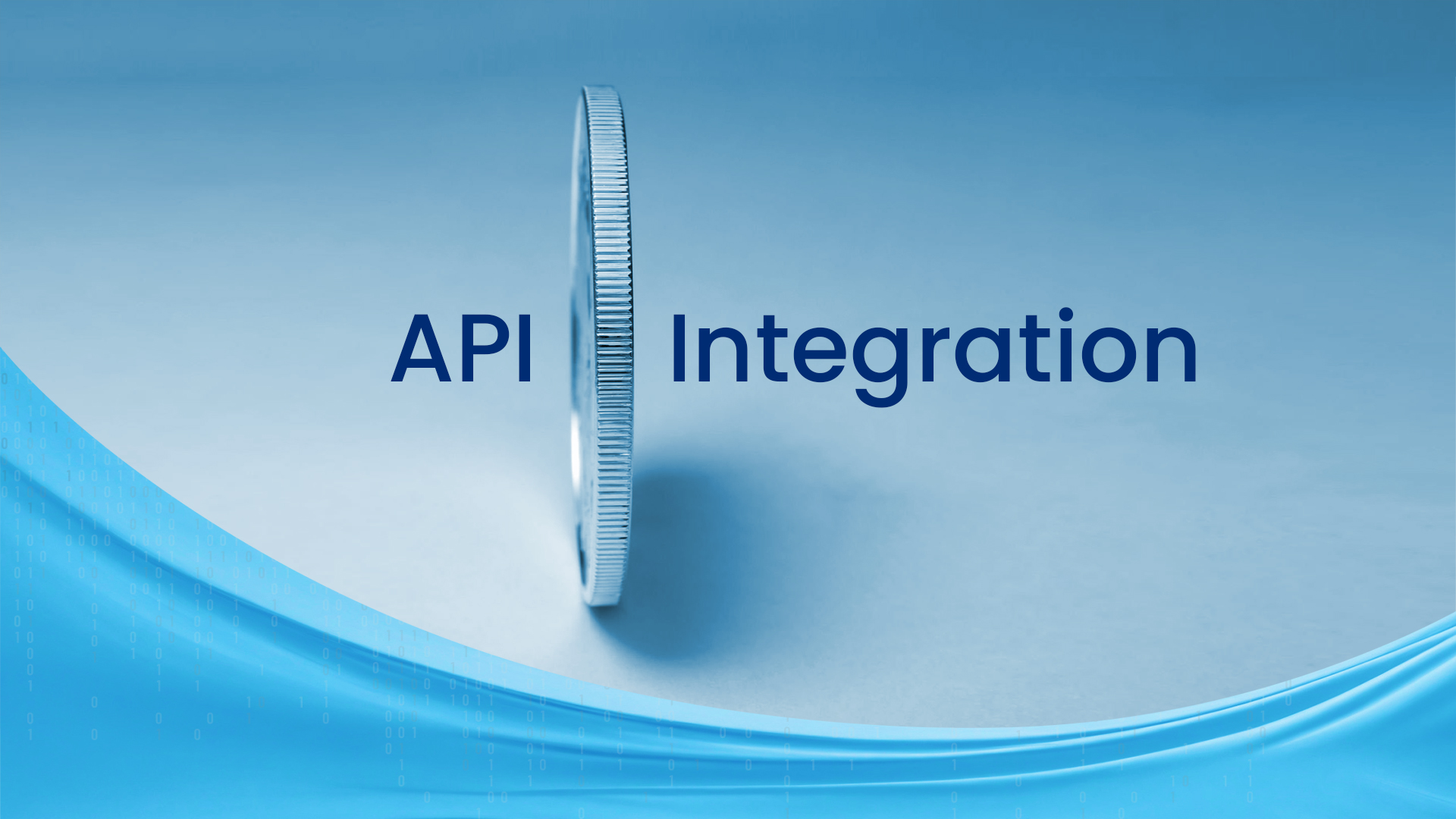Microsoft’s journey is one of reinvention. Once the undisputed leader of the tech industry, it has reclaimed its dominance by making bold bets on cutting-edge technologies. Today, Microsoft is recognized as the most AI-driven organization in the world. This post explores the rise of Microsoft Azure, a cornerstone of its transformation and the engine behind its standing as the world’s most valuable company.
Microsoft’s Cloud Transformation
Initially known for its software licensing empire, particularly through its Windows operating system, Microsoft ruled the personal computer market for years. While Windows remains the most popular OS today, Microsoft lost ground to competitors like Amazon, Google, and Apple. The turning point came when Microsoft shifted its focus away from traditional computing ecosystems toward cloud services. This bold move led to its emergence as a leader in cloud computing. Azure, Microsoft’s flagship cloud platform, is now the second-largest cloud infrastructure service, trusted by 95% of Fortune 500 companies for critical workloads, according to CEO Satya Nadella.
The Evolution of Microsoft Azure
Launched in 2008, Microsoft Azure has grown into one of the most prominent cloud computing platforms. Initially designed as a cloud operating system for businesses and developers, Azure has expanded rapidly. The explosion of AI technologies and the demand for well-organized, high-quality data have further propelled cloud services. “We now serve 53,000 Azure AI customers,” says Nadella. “Our new models-as-a-service offering allows developers to easily leverage large language models from partners like Cohere, Meta, and Mistral on Azure, without worrying about infrastructure management,” he added.
Azure Cloud Services — A Timeline
First-Generation Azure Services (2010 – 2013)
Microsoft Azure launched with a focus on basic cloud infrastructure, providing essential services like virtual machines (VMs), storage, and networking. These services helped businesses shift from traditional on-premise data centers to the cloud, offering greater flexibility and cost-efficiency. Companies could host their applications, manage databases, and scale resources as needed. This early stage laid the foundation for cloud adoption by delivering core functionality to support IT infrastructure modernization.
Second-Generation Azure Services (2014 – 2017)
Azure’s offerings expanded with the introduction of platform-as-a-service (PaaS) and enhanced tools for developers. This generation of services included Azure App Service, Azure SQL Database, and Azure Kubernetes Service (AKS) that made it easier for businesses to develop, deploy, and manage applications in the cloud without worrying about the underlying infrastructure. It was particularly beneficial for companies looking to innovate quickly through managed services while focusing on application development rather than infrastructure maintenance.
Third-Generation Azure Services (2018 – 2020)
Microsoft Azure extended its capabilities to include advanced data analytics, AI, and machine learning. Services like Azure Machine Learning, Azure Cognitive Services, and Azure Synapse Analytics let businesses harness data more effectively while the introduction of AI-powered services allowed companies to automate processes, generate insights, and improve decision-making. This period was marked by a push toward intelligent applications and services, where the cloud evolved into more than just a storage and computing platform.
Fourth-Generation Azure Services (2021 – 2023)
Azure’s cloud services became even more integrated and specialized, with a focus on hybrid and multi-cloud capabilities. With Azure Arc, businesses began to manage resources across various environments, including on-premises, edge, and other cloud platforms, all from one place. In addition, services like Azure Purview, Azure IoT Hub, and Azure Quantum opened doors for businesses to handle compliance, IoT data management, and even quantum computing. This generation was about giving businesses more control and flexibility in how they manage and deploy their cloud resources, while addressing specific industry and regulatory needs.
[Read our in-depth guide on “How to Get the Most Out of Your Cloud Journey”]
The Generative AI Generation (2023 – Present)
Azure now leads the way in generative AI services, with Azure OpenAI and Copilot as key offerings. Azure’s integration of AI into everyday tools like Microsoft 365 with Copilot makes it accessible for businesses of all sizes to leverage AI for improving productivity and decision-making, automating content creation, improving customer experiences, and transforming business operations. This latest wave focuses on delivering high-impact AI solutions that empower companies to innovate rapidly while scaling their capabilities through Azure’s secure and compliant cloud infrastructure.
Now and Beyond
The rise of Kubernetes, which has transformed cloud operations, prompted Microsoft to change its approach to cloud operations. And launch Azure Arc, which allows customers to manage Virtual Machines (VMs), on-premises machines, and other workloads managed by Kubernetes, all in a single pane of glass.
With over 600 Azure Services and counting, Microsoft is today the undisputable leader of cloud computing, offering enterprise and SMB customers a combination of technology services from software-as-a Service (SaaS) to platform-as-a-Service (PaaS) and infrastructure-as-a-service (IaaS).
Microsoft Cloud Analytics: The Next Step in Microsoft’s Cloud Revolution
Microsoft’s cloud revolution shows no signs of slowing. With Excel and Power BI, Microsoft has demonstrated how you can quickly turn abstract rows of numbers into interactive graphs, charts, and maps. Best of all, these tools are so accessible, you don’t have to be a data scientist to extract insights. Building on this belief that anyone—with the right tools—can use data to their advantage, Microsoft has introduced several advanced tools:
- Azure Databricks: An open data lakehouse with a fully managed service in Azure.
- Microsoft Purview: A unified data governance solution for managing on-premises, multi-cloud, and SaaS data.
- Azure Machine Learning: A service for building, deploying, and managing AI models throughout the machine learning lifecycle.
- Azure OpenAI Service: For building generative AI applications with pre-built language and image models.
The recent launch of Microsoft Fabric, a cloud-based all-in-one analytics tool, underscores the benefits of a holistic data and cloud approach. With Fabric and an end-to-end analytics pipeline in the cloud, organizations can significantly boost revenue, reduce costs, and drive innovation by:
- Connecting hybrid and multi-cloud insights and intelligence
- Constructing AI models on a unified foundation without moving data to application-specific infrastructure
- Simplifying the analytics experience from data ingestion to insights discovery
- Democratizing analytics by giving everyone access to insights
Because all these services can be unified, Pablo Piovano, Director, AI & Cloud Services, says, “Companies can accrue data, discern insights, and adjust strategies faster than ever.”
Fabric is the answer to a world that operates at the intersection of data, cloud, and AI. A world in which “cloud is the enabler, data is the driver, and AI is the engine that converts that data into insights,” according to Emmanuel Ramos, Chief Solutions officer and Forbes Council Member.
With the addition of Fabric to cloud analytics, Microsoft is putting a bow to its “cloud-first” AI integration strategy in an era of “ubiquitous computing” and “ambient intelligence,” bolstering Azure’s cloud dominance.
Are You Ready?
As the world’s leading tech company transforms cloud innovation and efficiency, it’s time to make your strategic move to Azure. By doing so, you’ll create a connected data foundation and streamlined operations that will significantly reduce infrastructure costs. With over 25 years of experience in Azure solutions, we’re here to help you create transformative cloud analytics solutions, using Microsoft’s services. Let us drive innovation and enable digital transformation for your business. Contact us today.




